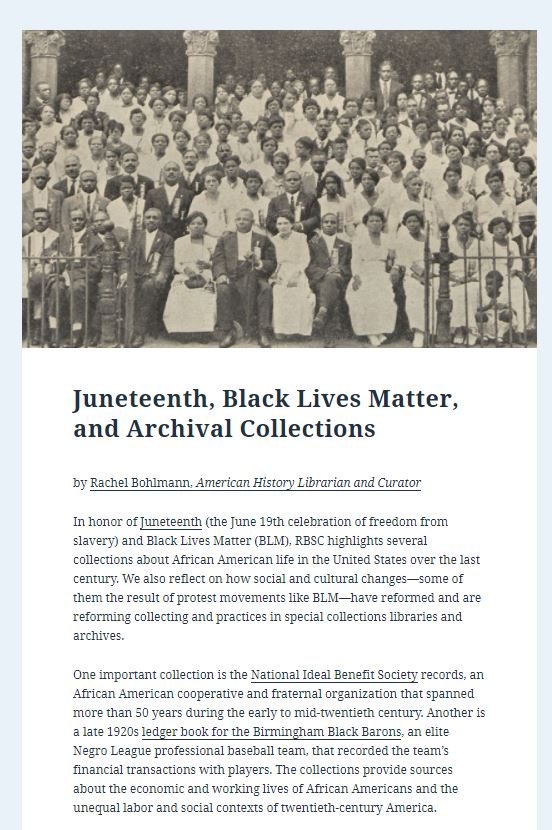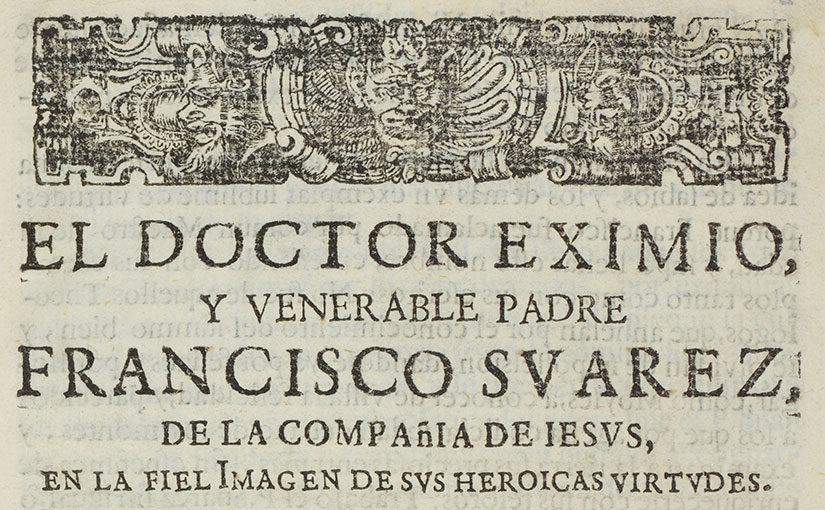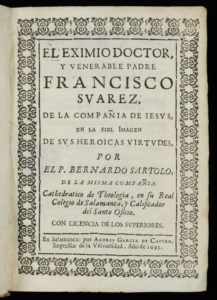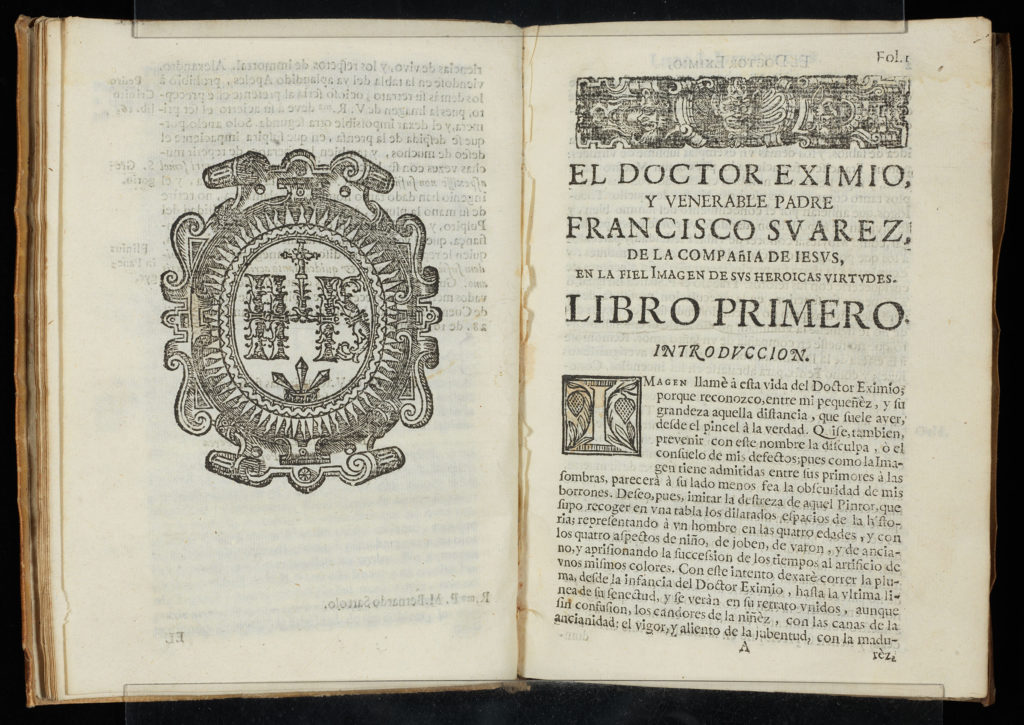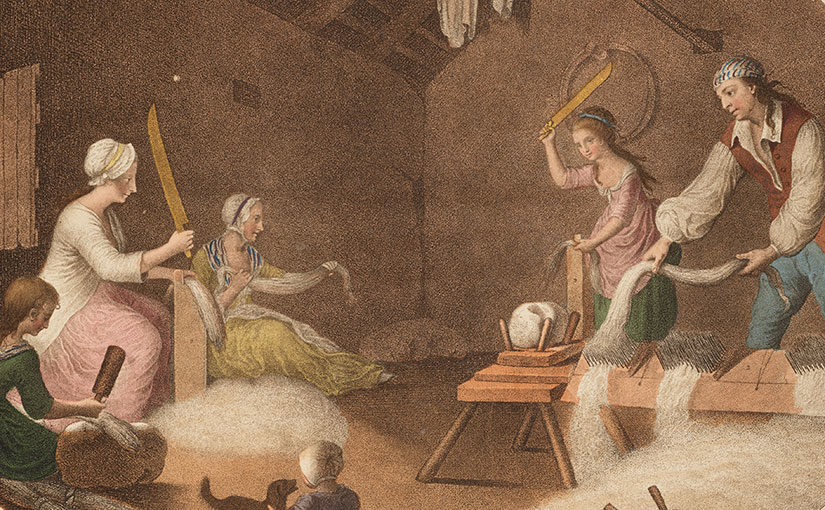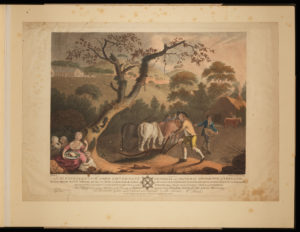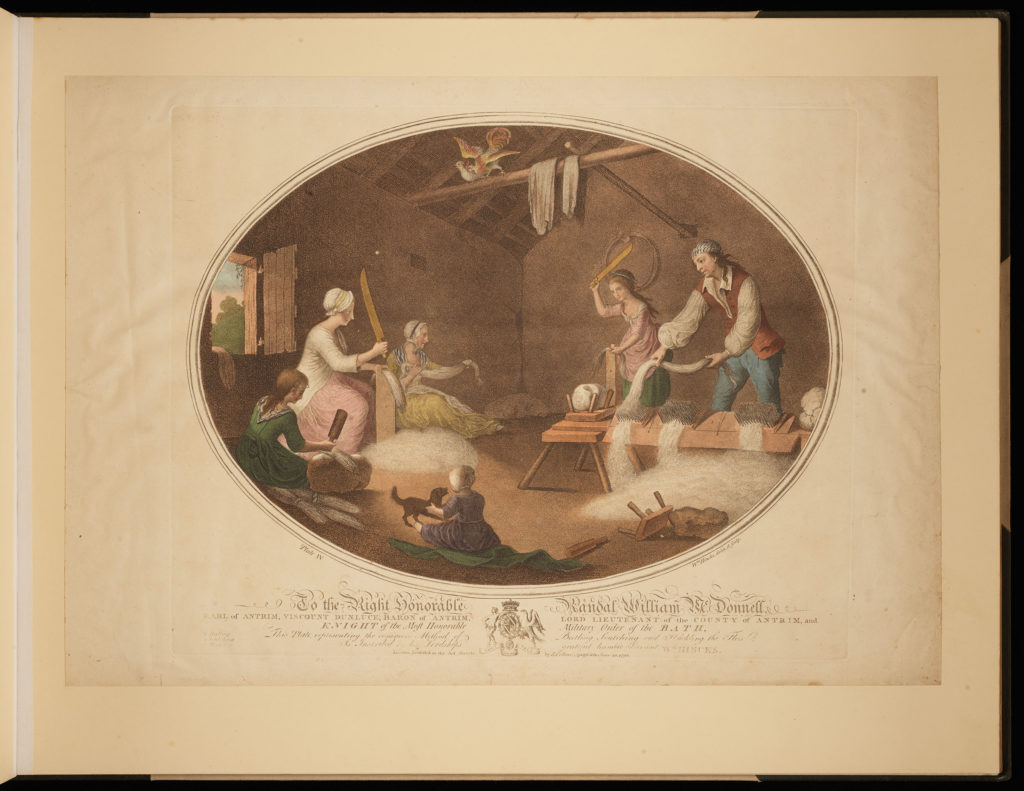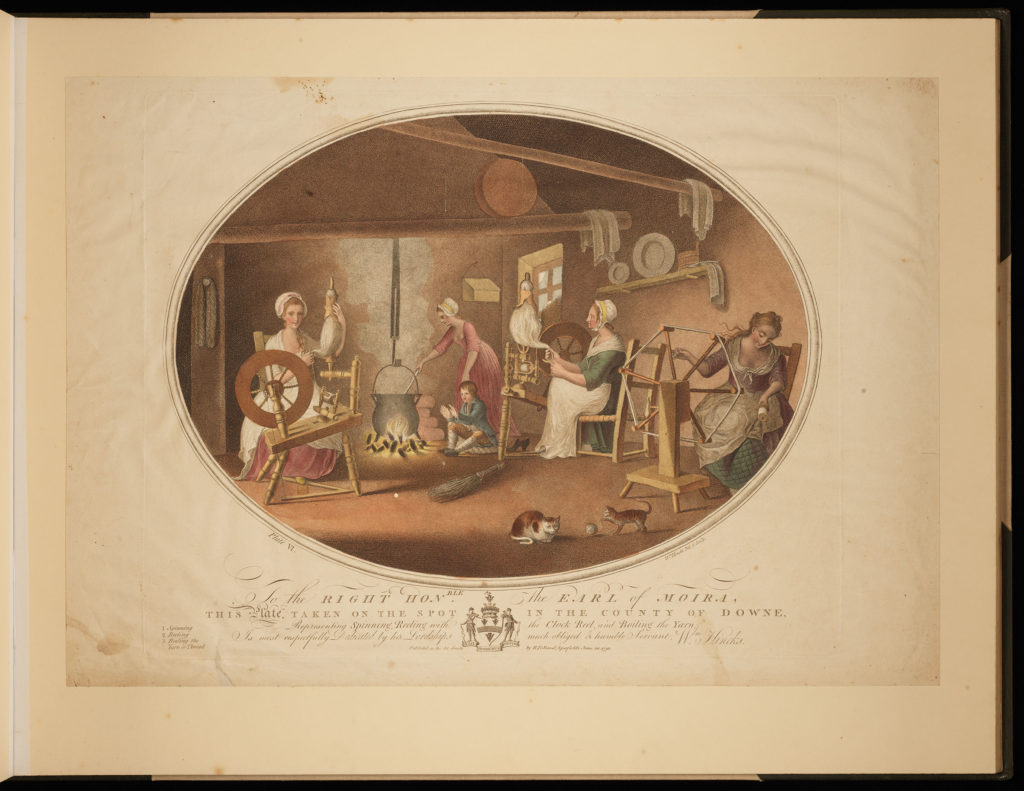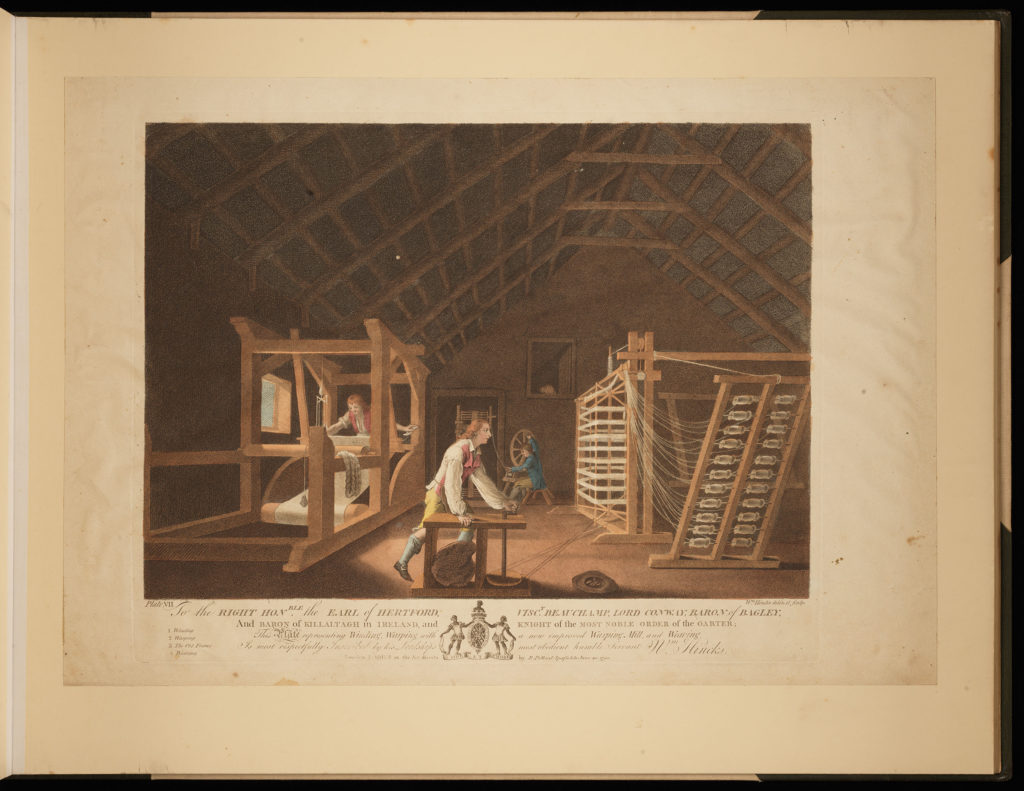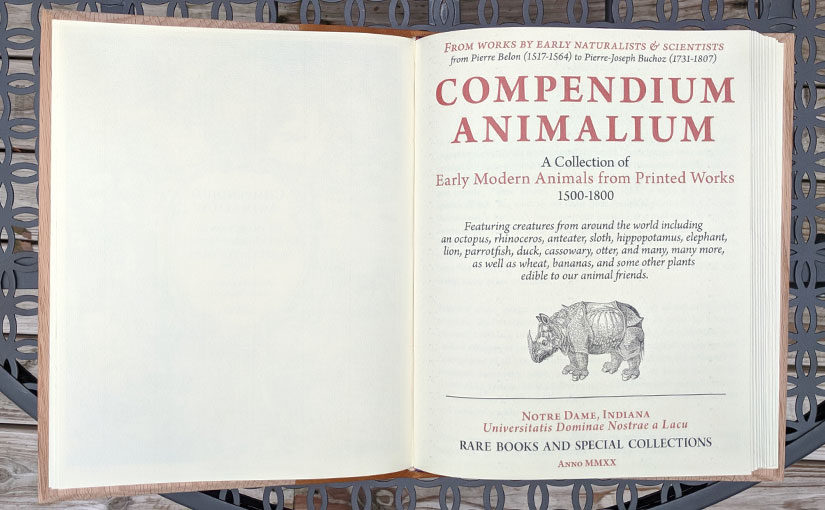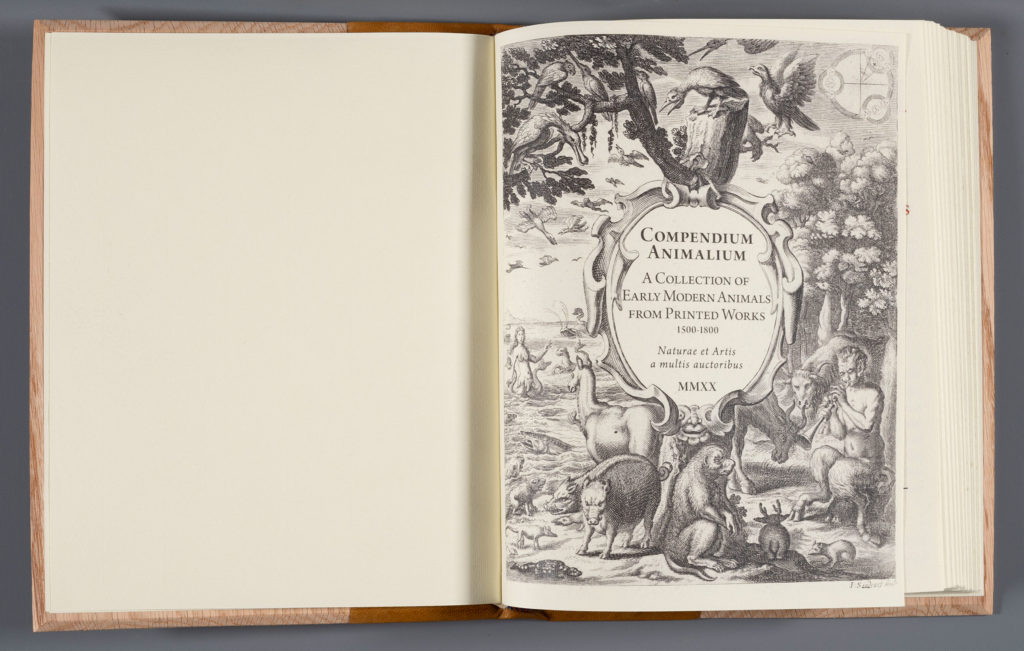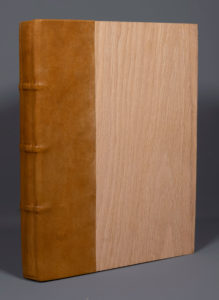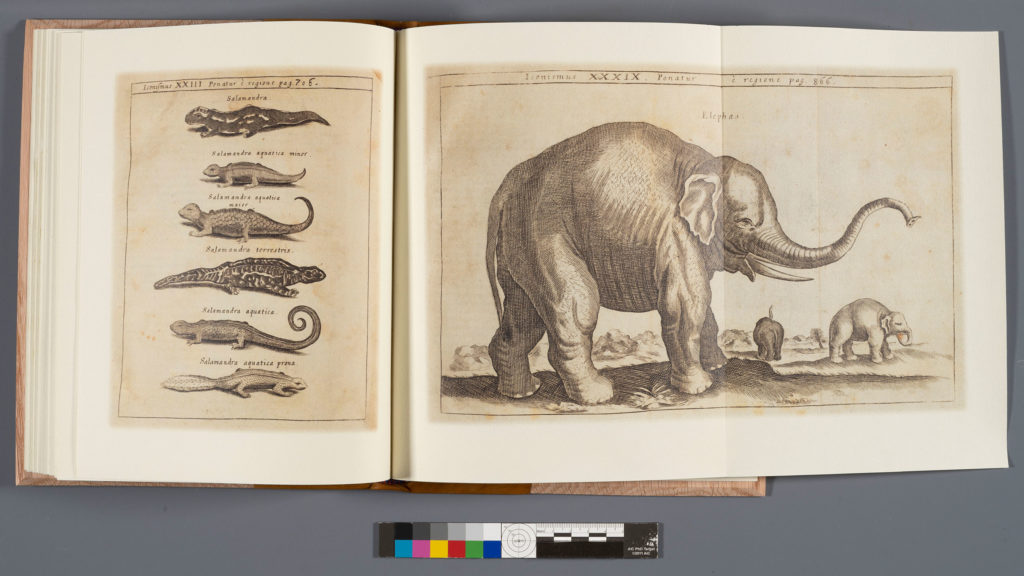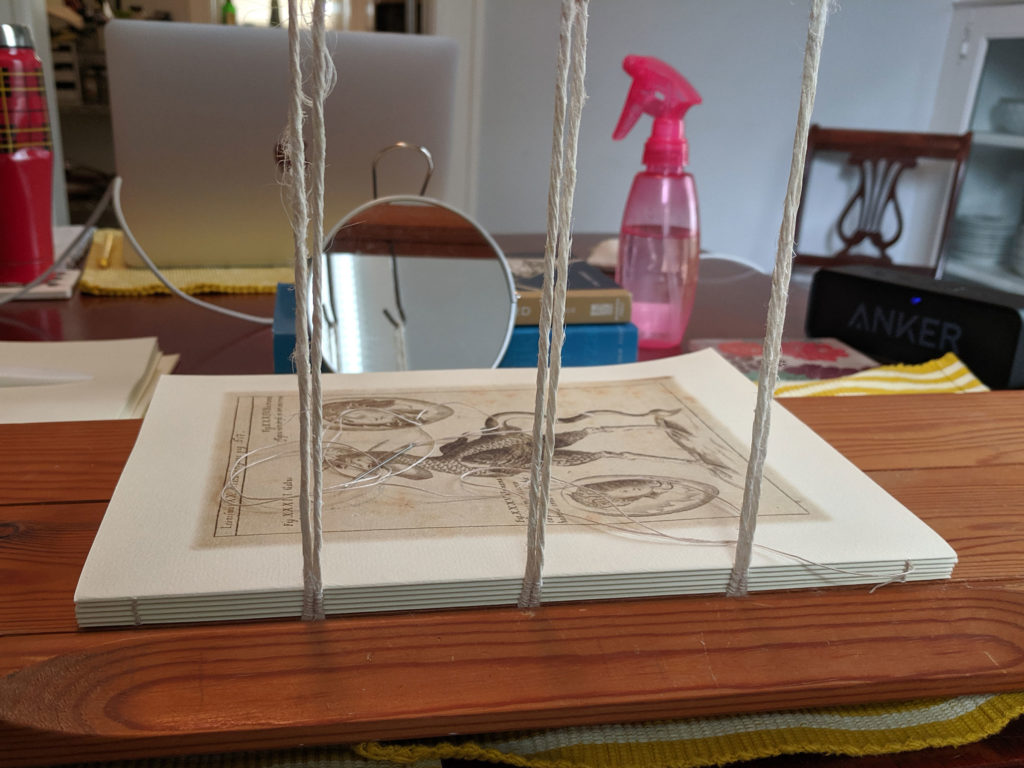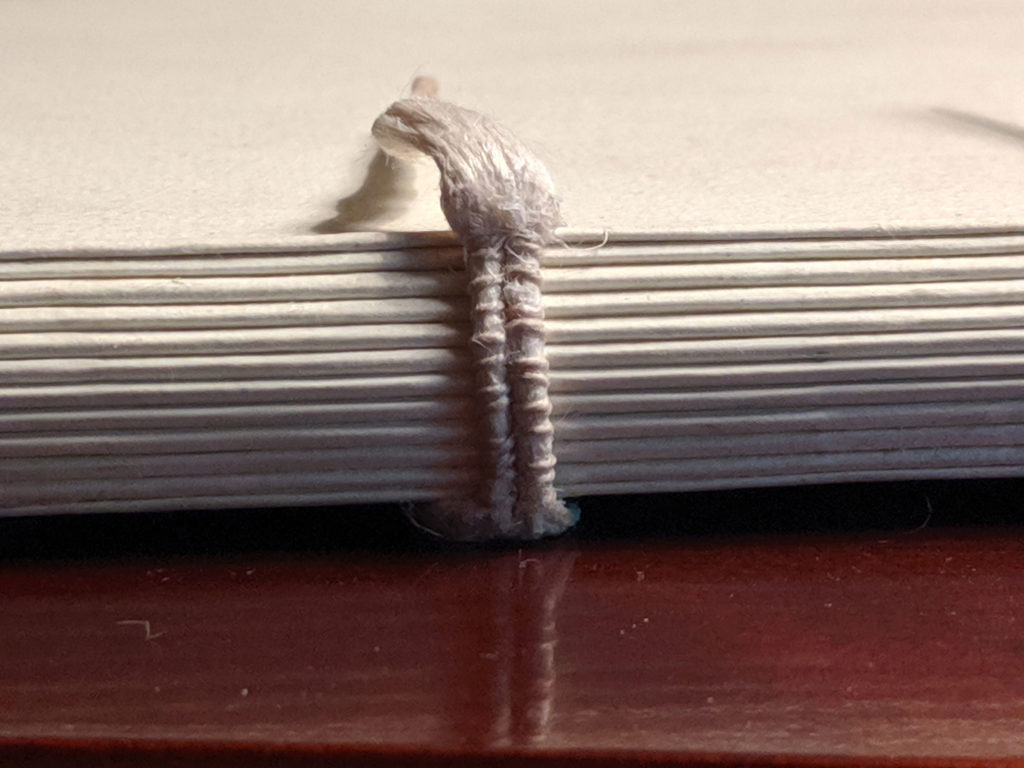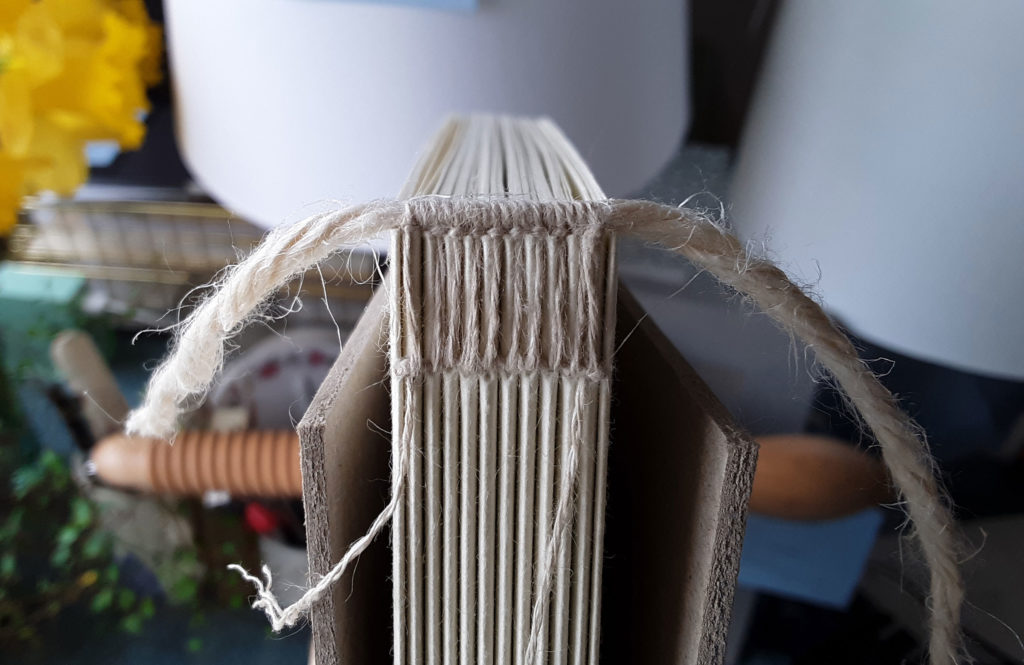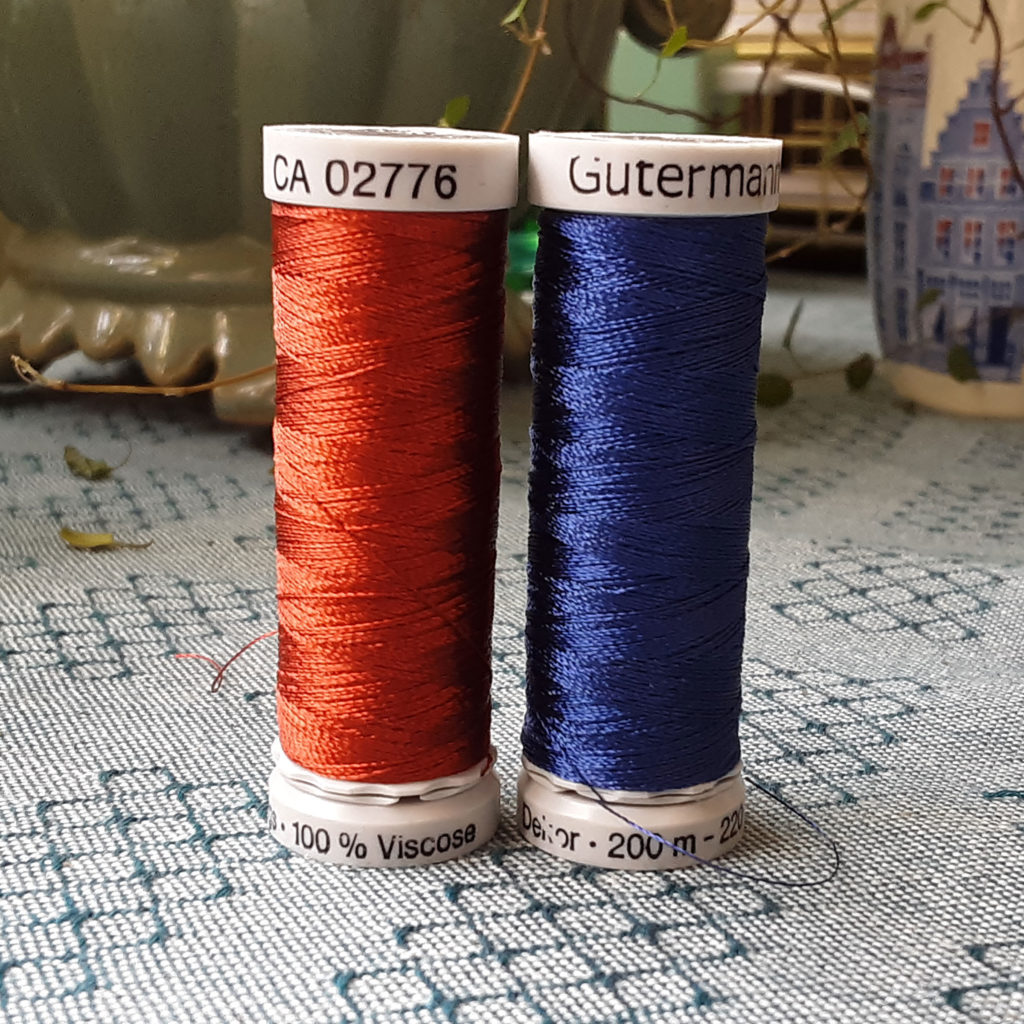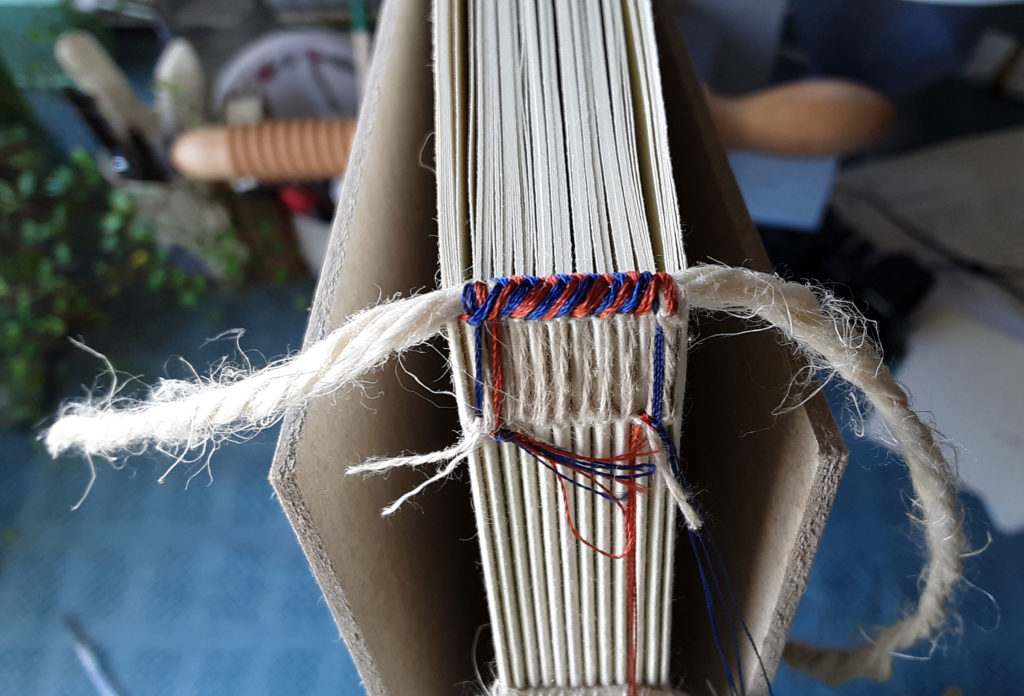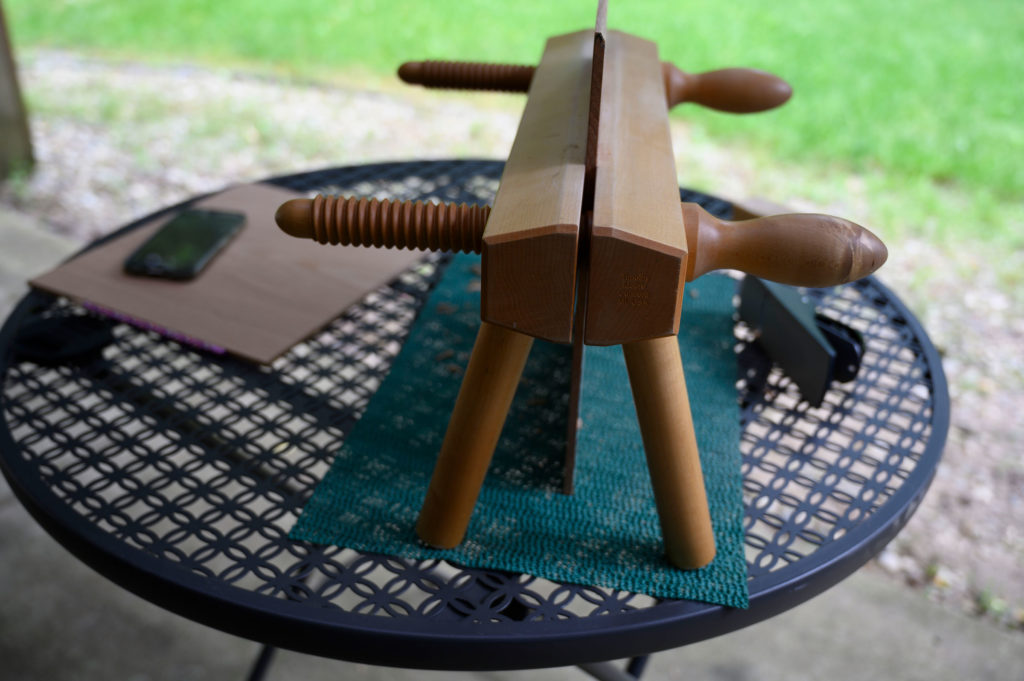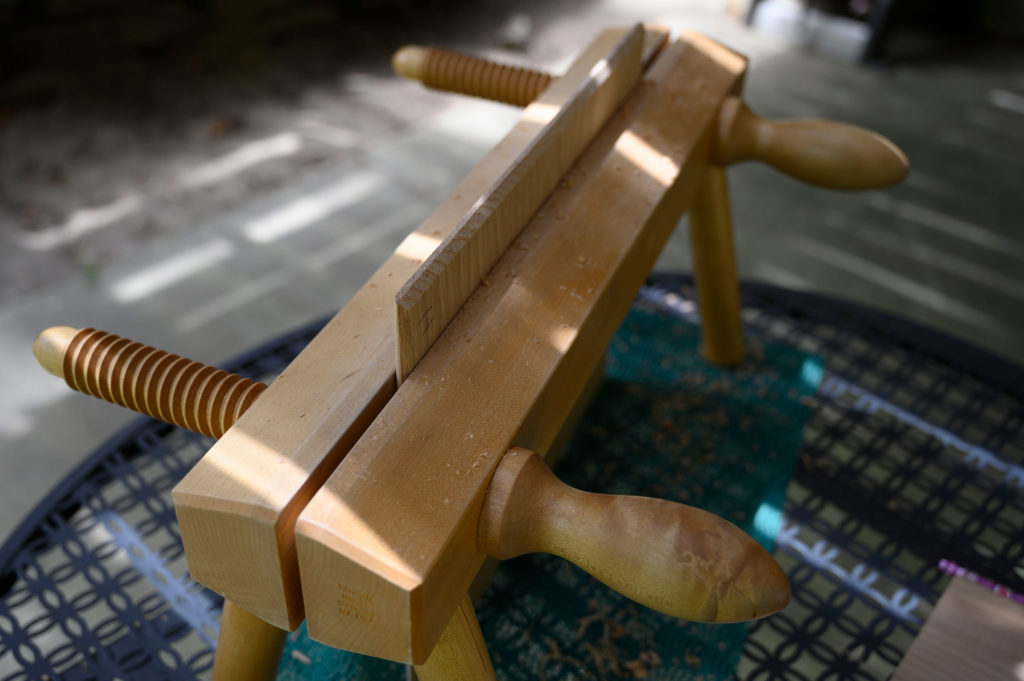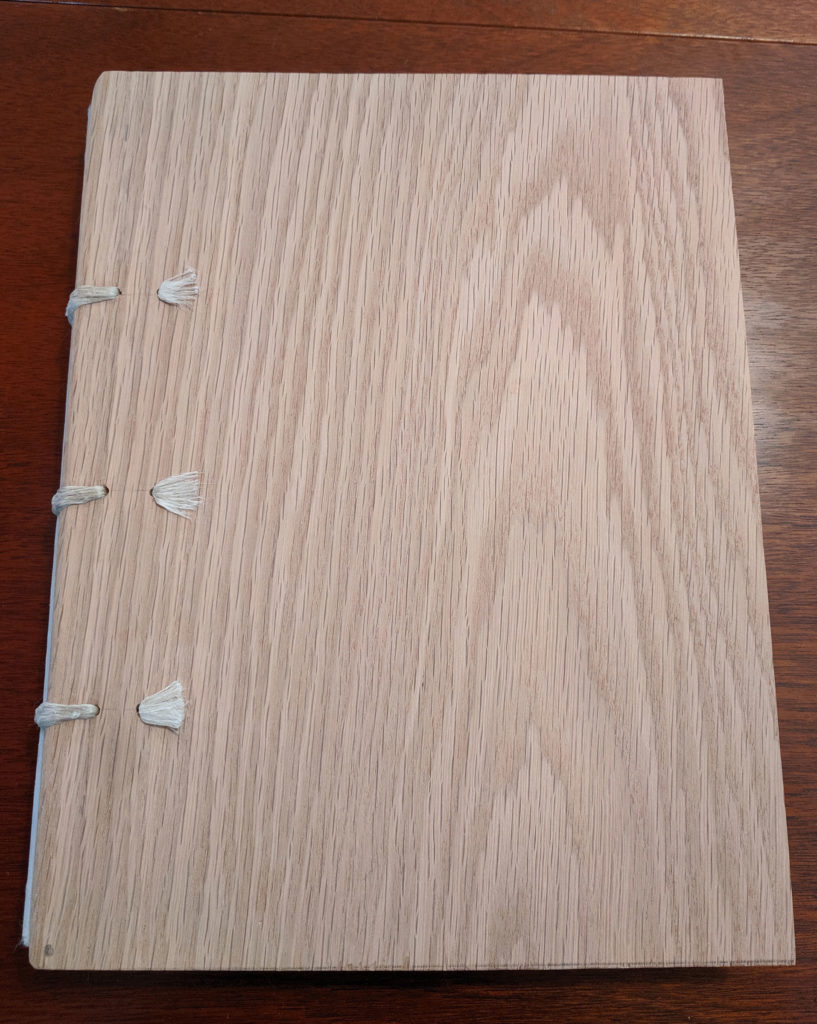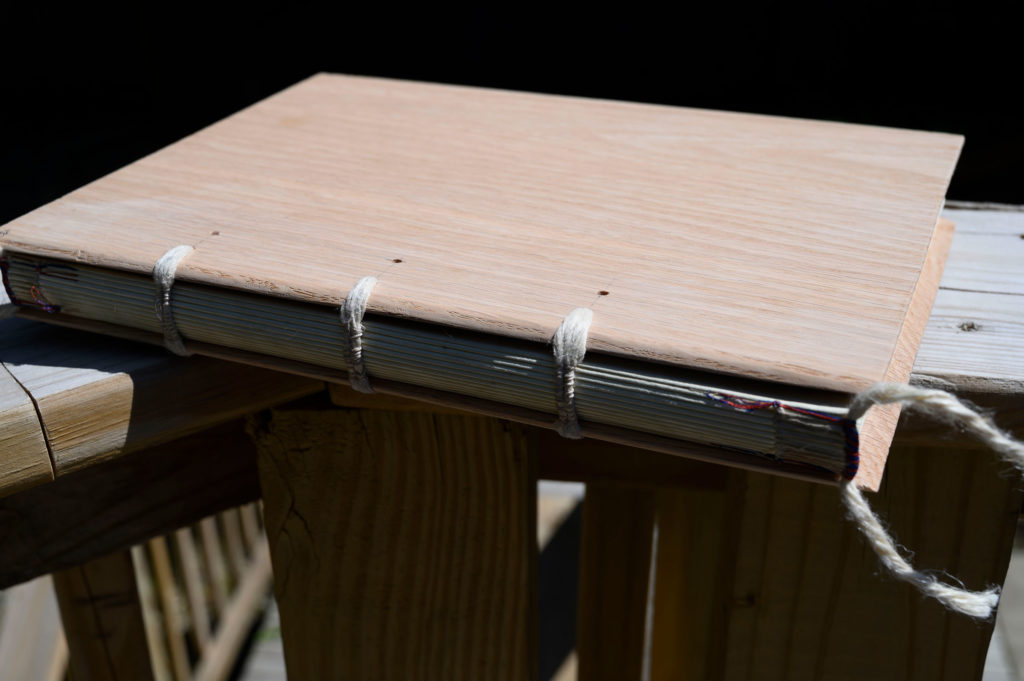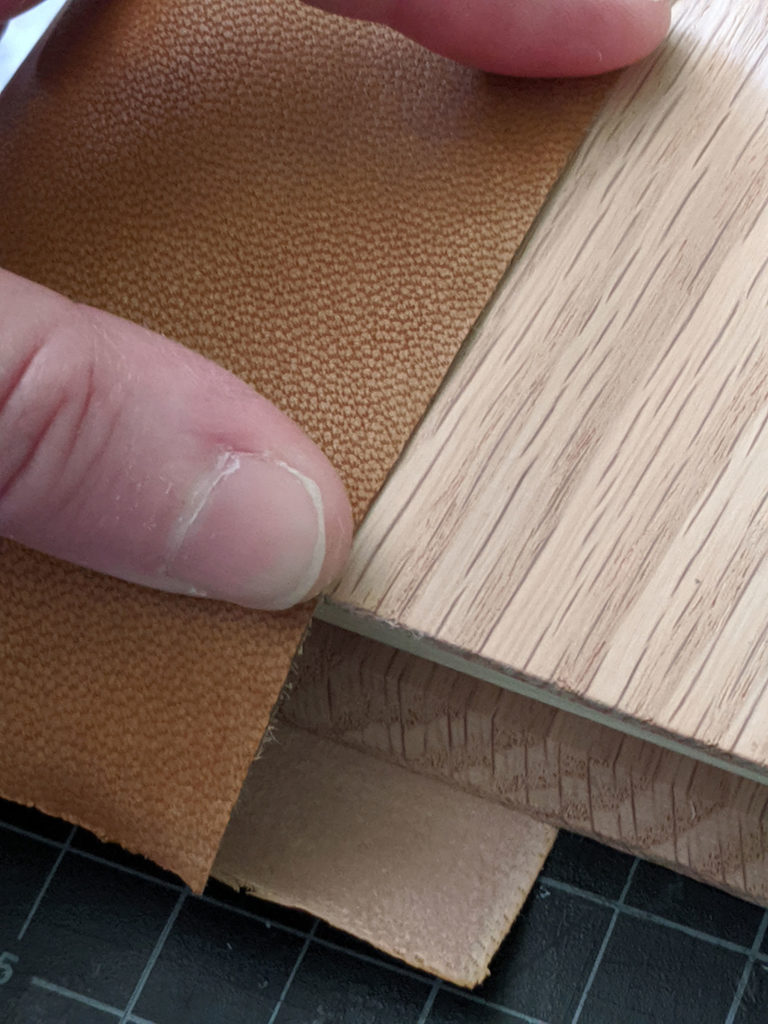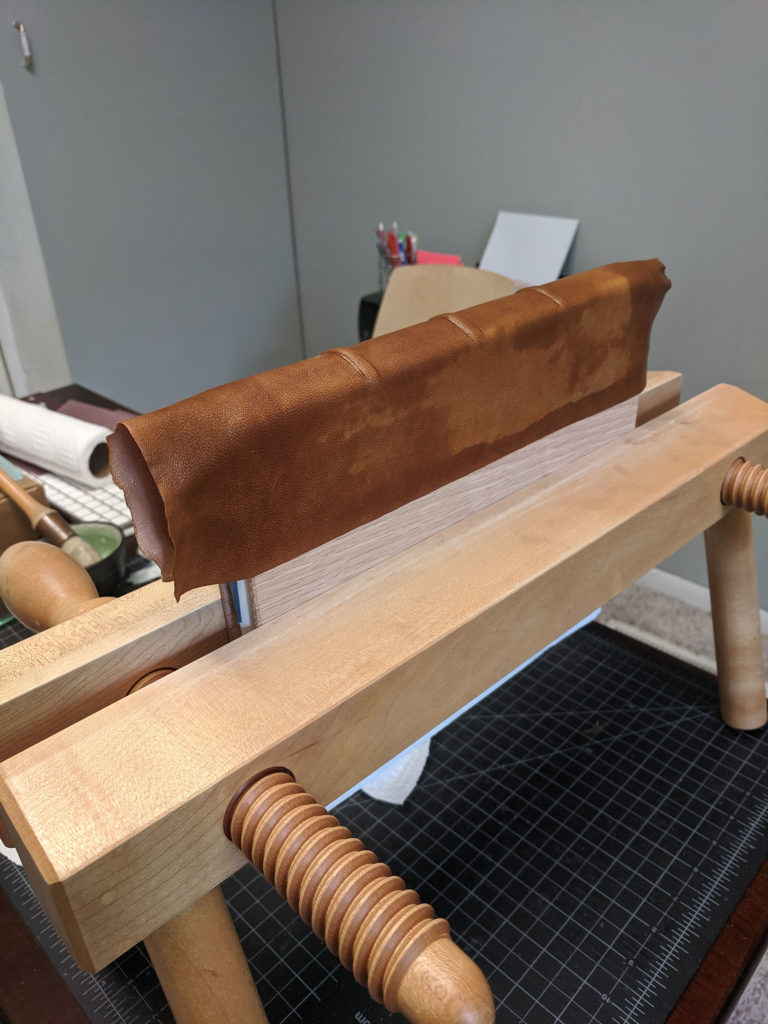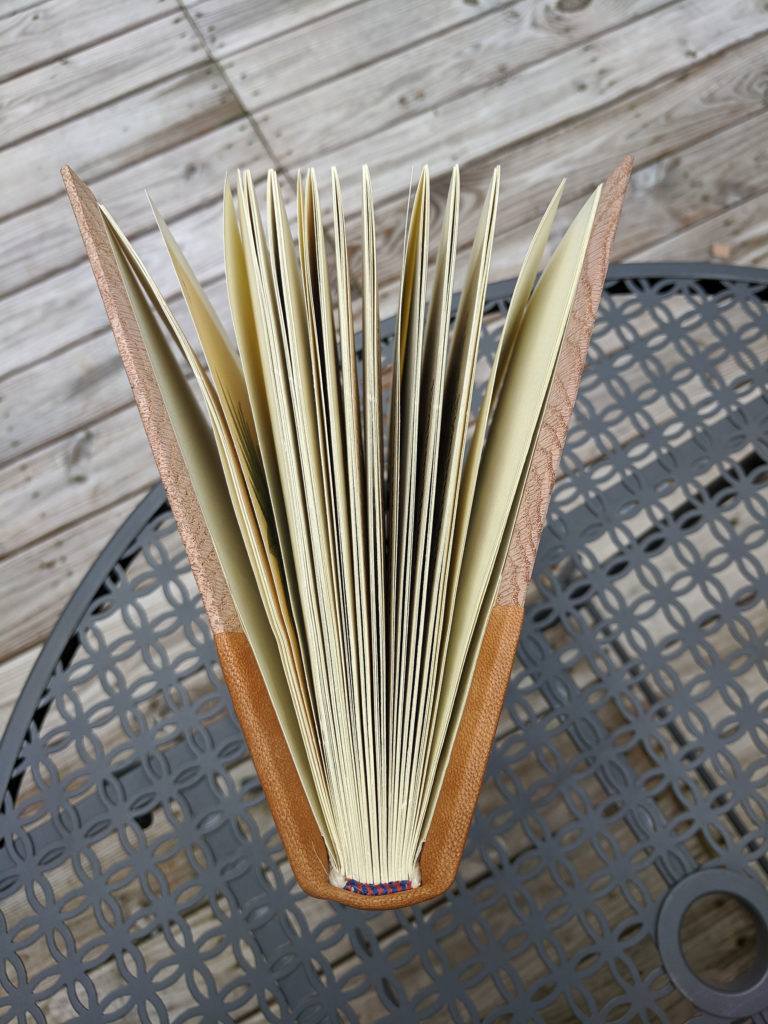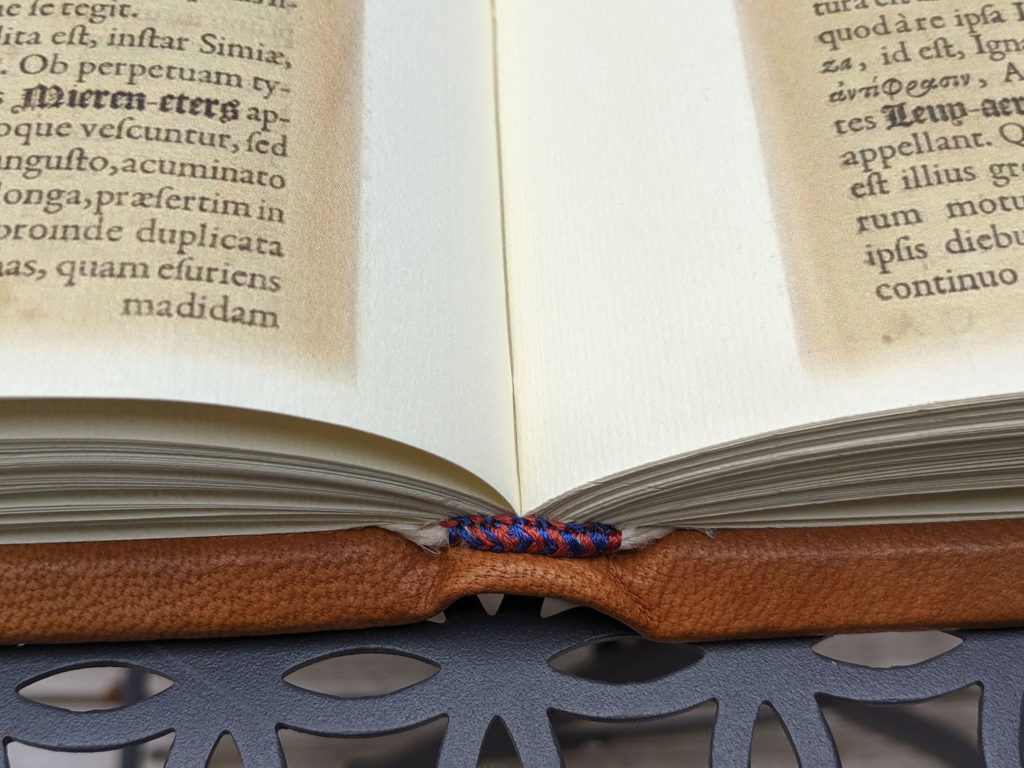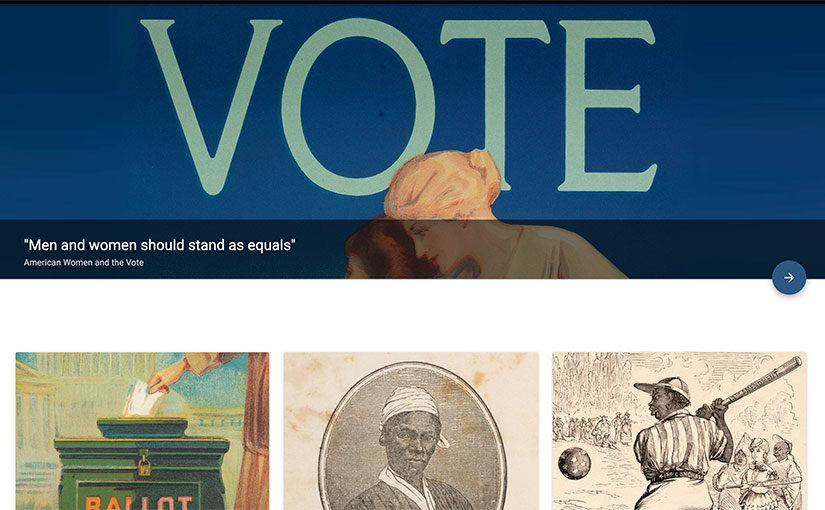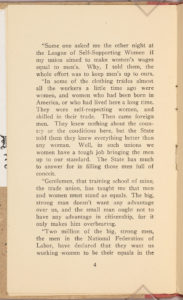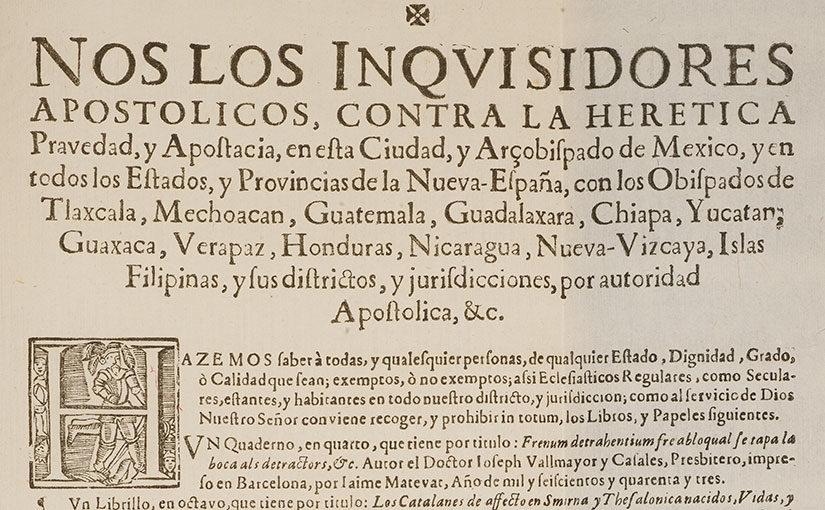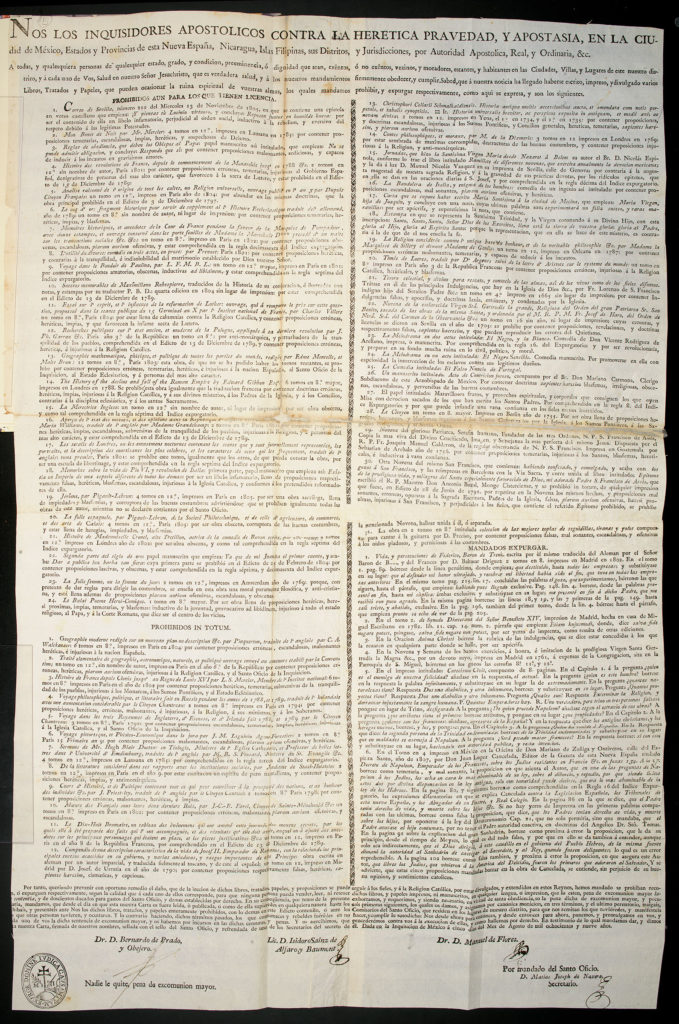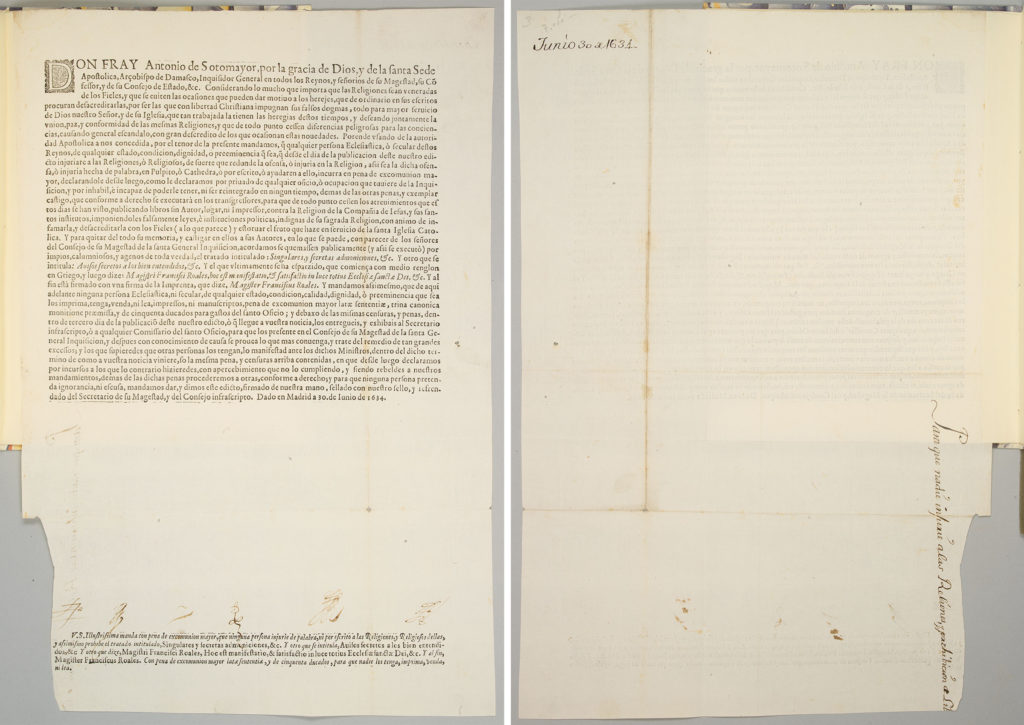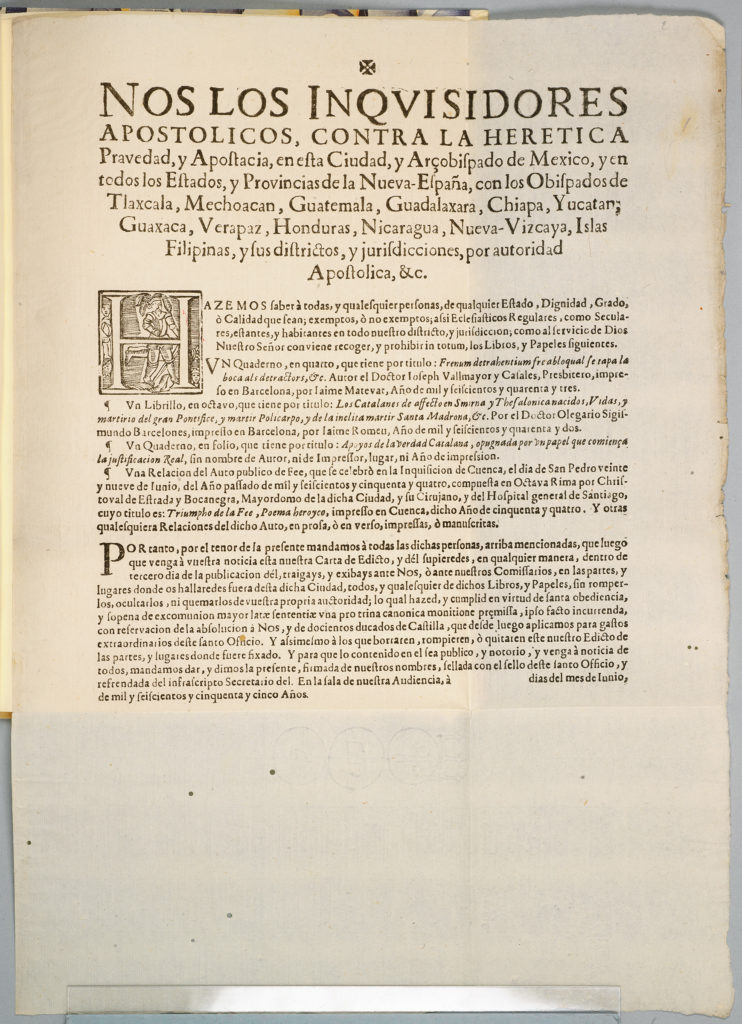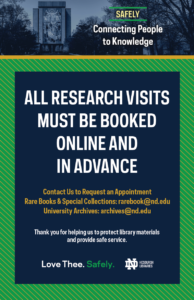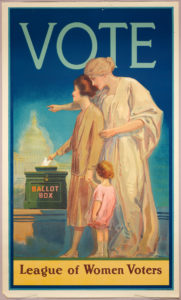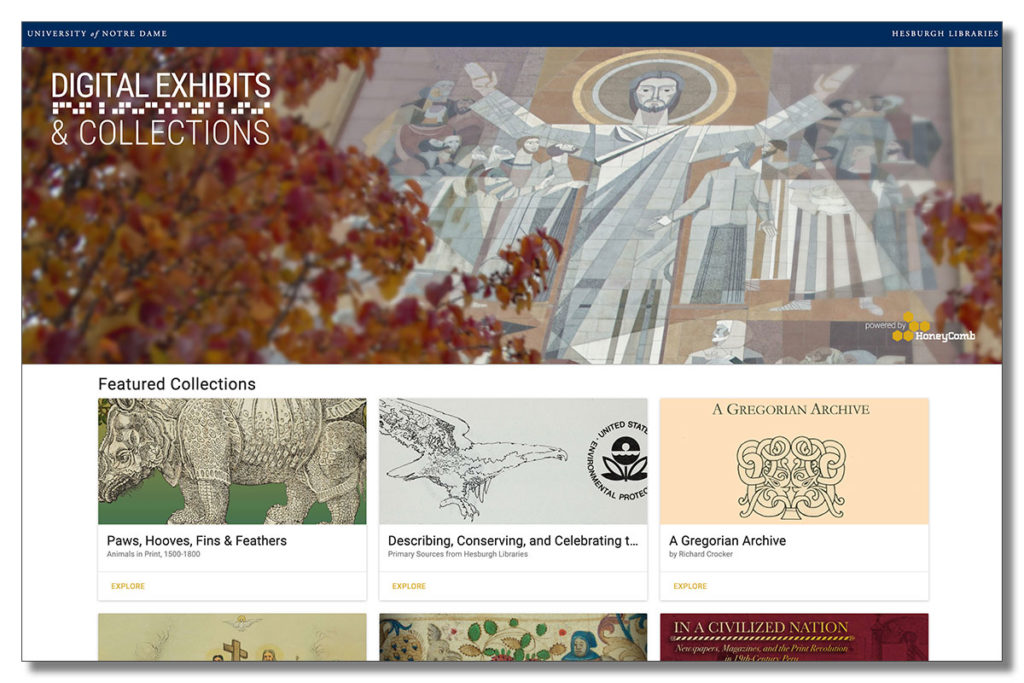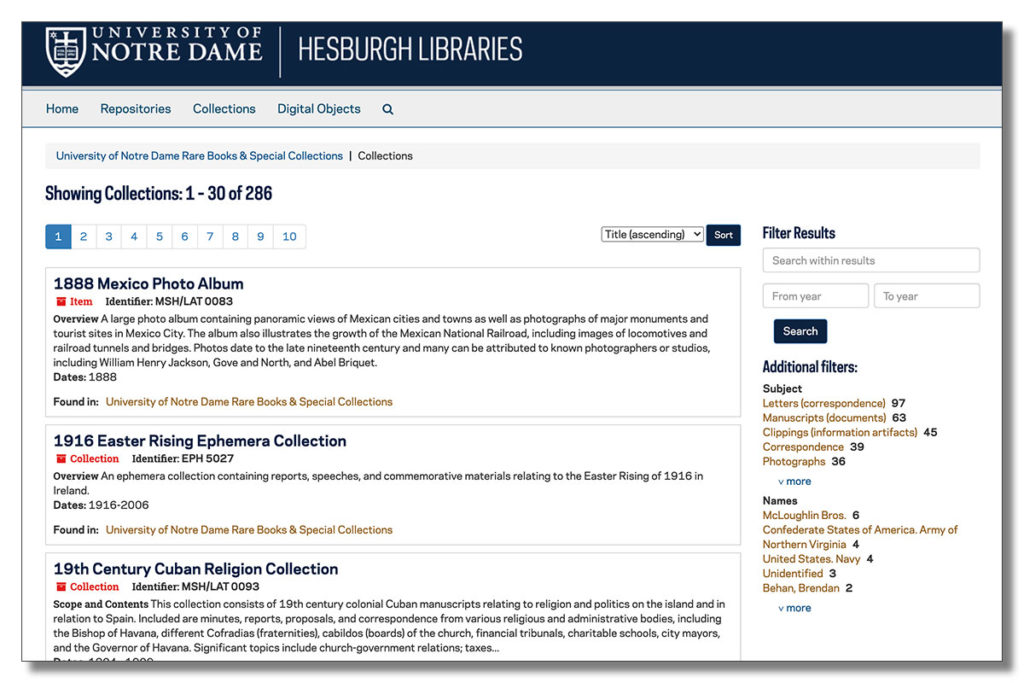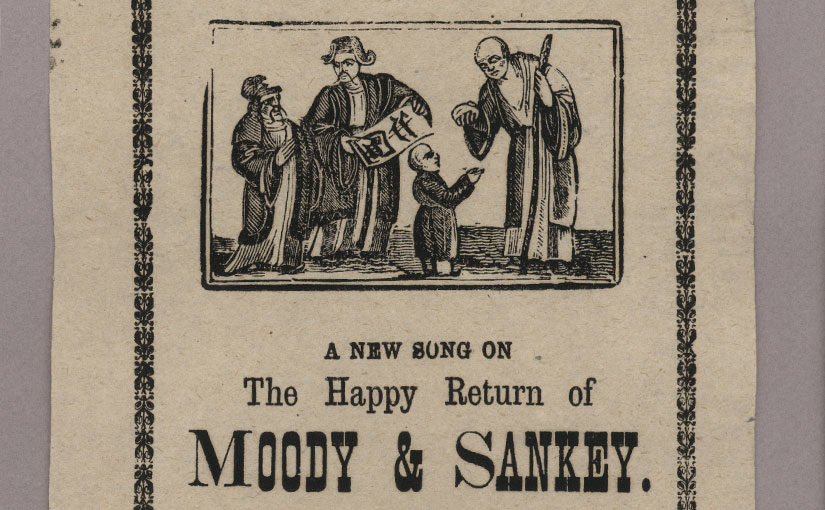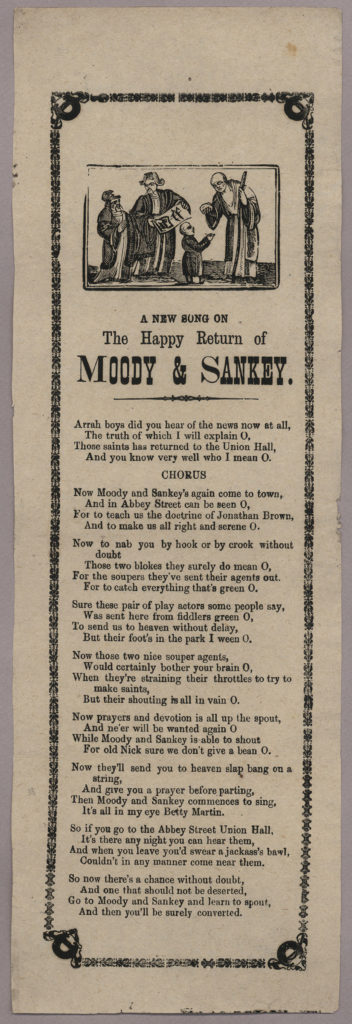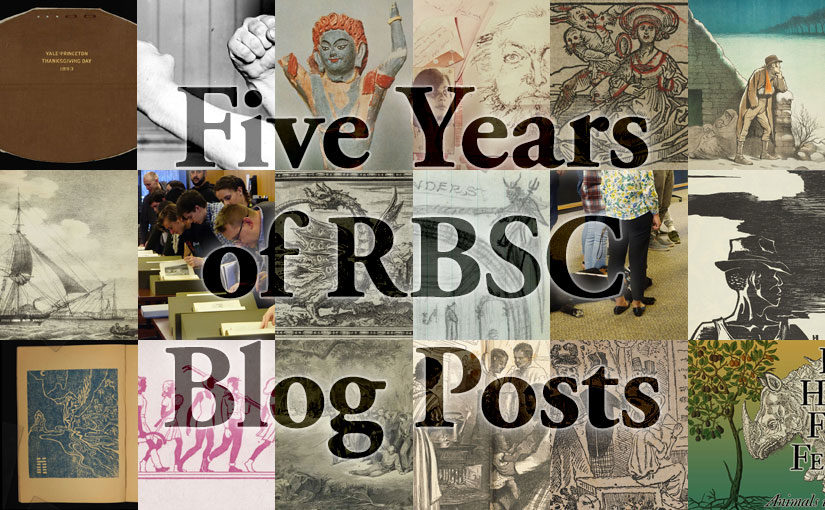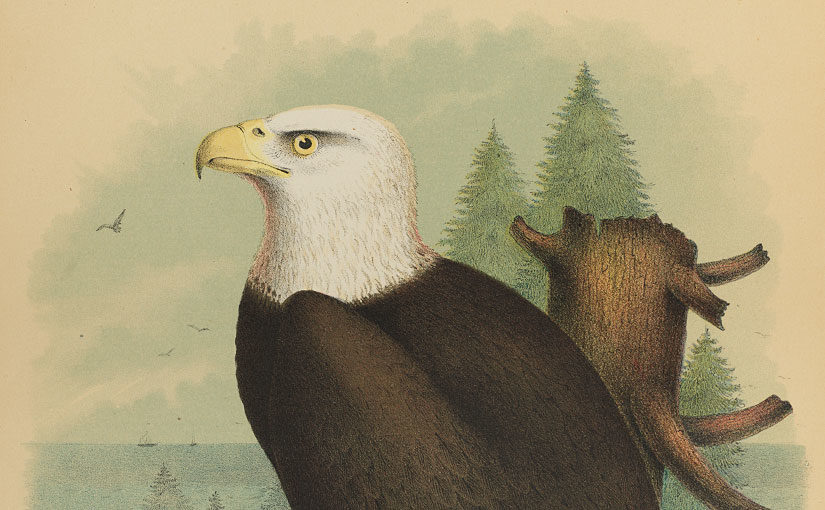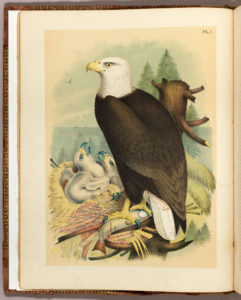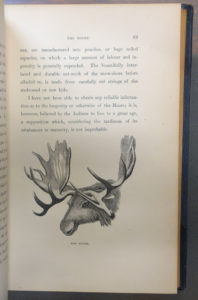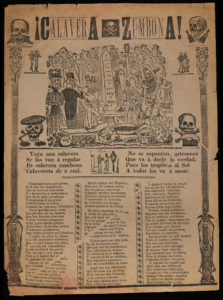
A recent request for information on publishing an image from our blog prompted us to consider how our blog interacts with other ways of sharing our resources.
If a teacher in Mexico or Ireland saw a picture in a recent post and wished to use it for teaching, or perhaps to share in a publication for colleagues, can she or he do this?
The usual answer is, yes, and this should be clear from the Creative Commons license in the blog’s left side-bar.
Our preferred way of acknowledging that the image is from our collection is as follows:
Reproduced from the original held by the Department of Special Collections of the Hesburgh Libraries of the University of Notre Dame.
However, it would be good to let your readers know where they can find the image online, and so you might also want to reference the blogpost.
Five years ago, when we first began to share information about our collections and our work through this blog, we hoped that people would use it freely, and so we decided to use a Creative Commons license. We opted for the Creative Commons Attribution 4.0 International License.
This allows readers to copy and redistribute content from our blog as long as there is attribution, or as long as appropriate credit is given. On occasions when a blogpost has restrictions, this is stated at the bottom of the post.
The Creative Commons website provides all the information on this license, which includes the condition of attribution, that is, making sure readers are informed in an appropriate manner where the material has come from.
Let’s imagine that I thought the Juneteenth blogpost by Rachel Bohlmann would be a great contribution to my local newsletter. According to the license, I would be free to take the whole post and publish it, or adapt it for my purposes. The Creative Commons license requires that I give appropriate credit. In any case, it’s just good manners to acknowledge the source of the text, and this is also helpful for my readers.
So I incorporate text from Rachel’s blogpost into my newsletter article, omitting some parts, and I help my readers with more information, at the same time satisfying the requirements of the CC license, with the following statement:
Adapted from the following: Rachel Bohlmann: ‘Juneteenth, Black Lives Matter, and Archival Collections’ RBSC @ ND, June 15, 2020. Hesburgh Libraries of the University of Notre Dame. https://sites.nd.edu/rbsc/juneteenth-black-lives-matter-and-archival-collections/
The most attractive items on our blogpost, however, and the most valuable, are the images from the Special Collections. Here, there is some ambiguity between the Creative Commons License of the blog and our normal procedure for providing images on request. The best way to sort through this ambiguity is to look at the different ways of obtaining images and their different uses.
Readers are welcome to request images from our collections, which we are happy to provide if possible. If they wish to include those images in a publication, this is usually straightforward as long as the item is in the public domain, that is, old enough so that copyright restrictions do not apply. Otherwise, readers may need to obtain permission from the owner of those rights. Discovering who owns those rights is not always straightforward, and may be a significant research project.
When we supply an image, which we can provide in a higher-resolution format than that on our blog, we also provide an agreement, signed by us and by the requestor. This agreement includes the required statement to be included in the publication, as follows:
Reproduced from the original held by the Department of Special Collections of the Hesburgh Libraries of the University of Notre Dame.
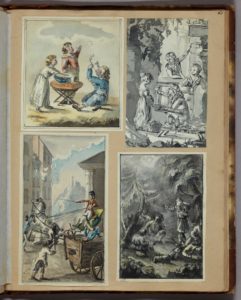
Let’s imagine you are writing about the famous Edgeworth family of Ireland and you happened upon our blogpost describing the family’s album of drawings. You might take an image from our blogpost and cite the blog appropriately, thus satisfying the conditions of the CC license.
But you might also contact us, discuss the publication with the curator, and discover that another image from the book is even more appropriate for the intended publication, or that the image in the blog is a cropped version of a larger image that is available. We could then provide you with high-resolution images as well as the Agreement for Publication of Reproductions from Materials held by the Hesburgh Libraries of Notre Dame.
For more information, see our page on Reproduction Policies, Fees, and Forms.
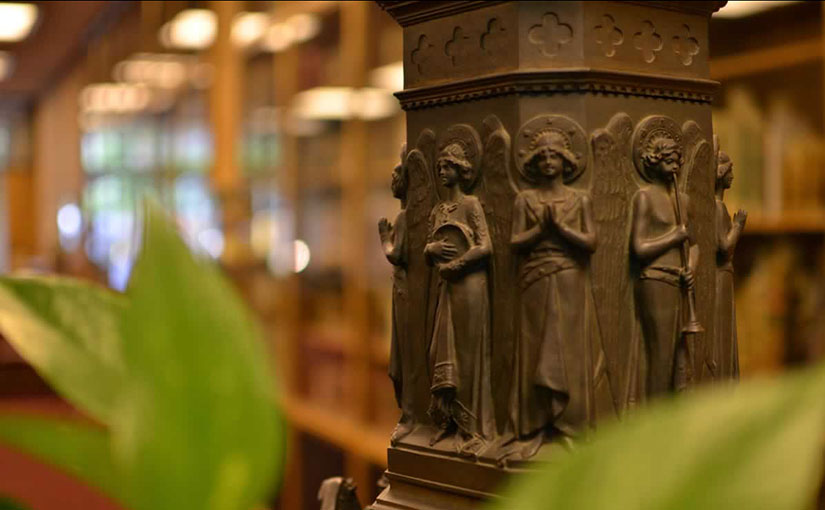
![Screen capture of Creative Commons license as it appears on this blog. "Unless otherwise indicated on an individual post, all work is licensed under a Creative Commons Attribution 4.0 International License.[link]
RBSC abides by the Hesburgh Library Copyright and Takedown Policy[link]."](https://sites.nd.edu/rbsc/files/2020/09/cc-license-293x300.jpg)
